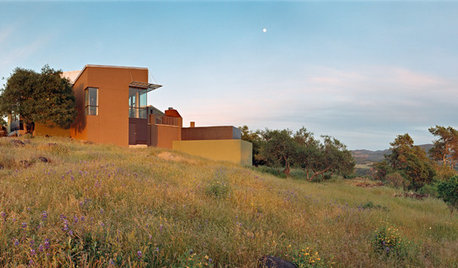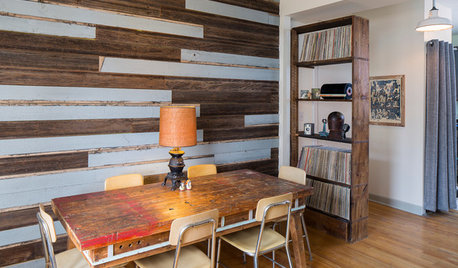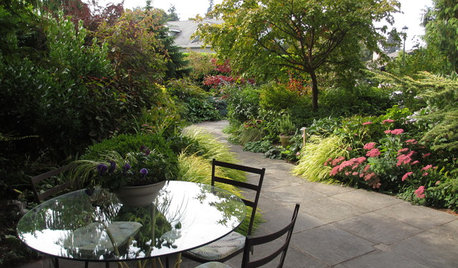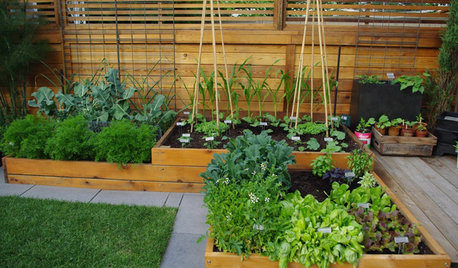Using Ledge as Fill?
littlebeemama
10 years ago
Related Stories

MY HOUZZMy Houzz: Leafy, Light-Filled Loft in a Historic Former High School
A creative couple lives among the trees in a converted condo that was once filled with students
Full Story
HOUZZ TOURSMy Houzz: A Stylish Brooklyn Apartment Filled With Memories
Collected pieces from travels, family heirlooms and contemporary finds turn an apartment into a home for 3
Full Story
DECORATING GUIDESConquer That Blank Wall With a Versatile Picture Ledge
Turn a dull spot into your own personal art gallery with shallow shelves displaying artwork you can swap out on a whim
Full Story
HOUZZ TOURSHouzz Tour: Modern Industrial Ledge House in Napa
Architectural volumes, impressive valley views and a spectacular infinity pool make for a gorgeous family weekend home in the Wine Country
Full Story
HOUZZ TVHouzz TV: Cool Reclaimed Wood Projects Fill a Craftsman’s Home
Using barn wood, beadboard and beams, this homeowner has crafted furnishings and features for his family’s Chicago home
Full Story
KITCHEN DESIGNHome Above the Range: Smart Uses for Cooktop Space
With pot fillers, shelves, racks and more, you can get the most function out of the space above your kitchen range
Full Story
MORE ROOMS7 Smart Uses For Your Hall
Use This Often-Forgotten Space for Art, Books and Handy Storage
Full Story
PATIOSLandscape Paving 101: How to Use Bluestone in Your Garden
Classy bluestone is a great paving material for both modern and rustic patios and paths
Full Story
URBAN GARDENSExperiments Aplenty Fill Vancouver Edible Garden
Lush and brimming with test landscape plantings, a Canadian garden appeals to the eye and the palate
Full Story
ACCESSORIESLive Boldly: How to Fill That Blank Wall
Sometimes living boldy in your design means simply filling your walls with something unexpected
Full Story






Kimmsr
TXEB
Related Professionals
Brentwood Landscape Architects & Landscape Designers · Willowick Landscape Architects & Landscape Designers · Addison Landscape Contractors · Cornelius Landscape Contractors · Lynwood Landscape Contractors · Metairie Landscape Contractors · Newnan Landscape Contractors · Oak Harbor Landscape Contractors · Pompano Beach Landscape Contractors · San Rafael Landscape Contractors · Spring Landscape Contractors · Vallejo Landscape Contractors · Gastonia Decks, Patios & Outdoor Enclosures · Grand Rapids Decks, Patios & Outdoor Enclosures · Renton Decks, Patios & Outdoor Enclosuresklem1
toxcrusadr
TXEB
ericwi
littlebeemamaOriginal Author
TXEB
mad_gallica (z5 Eastern NY)
klem1
ericwi
TXEB
littlebeemamaOriginal Author
TXEB
littlebeemamaOriginal Author
mad_gallica (z5 Eastern NY)
florauk
toxcrusadr
TXEB